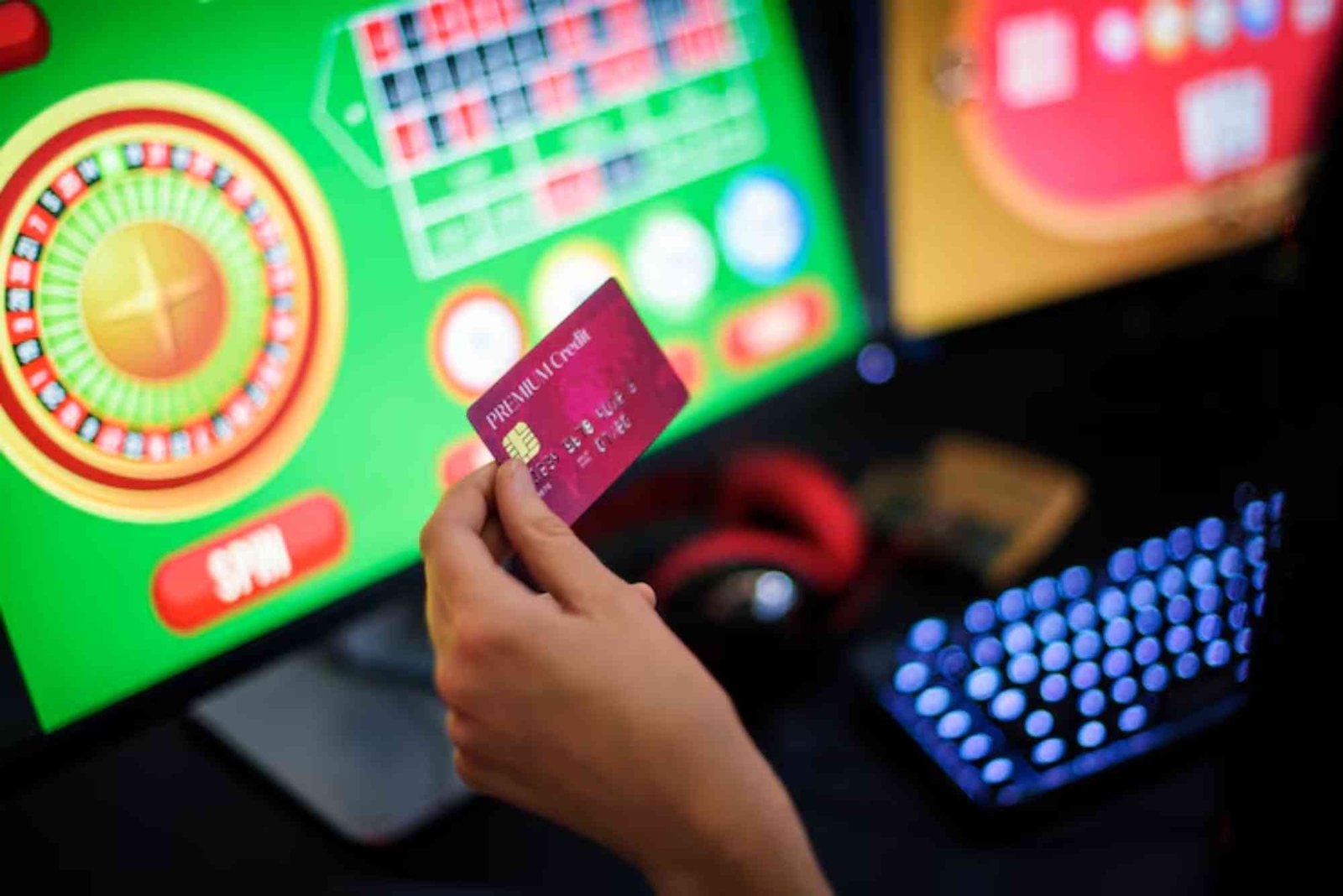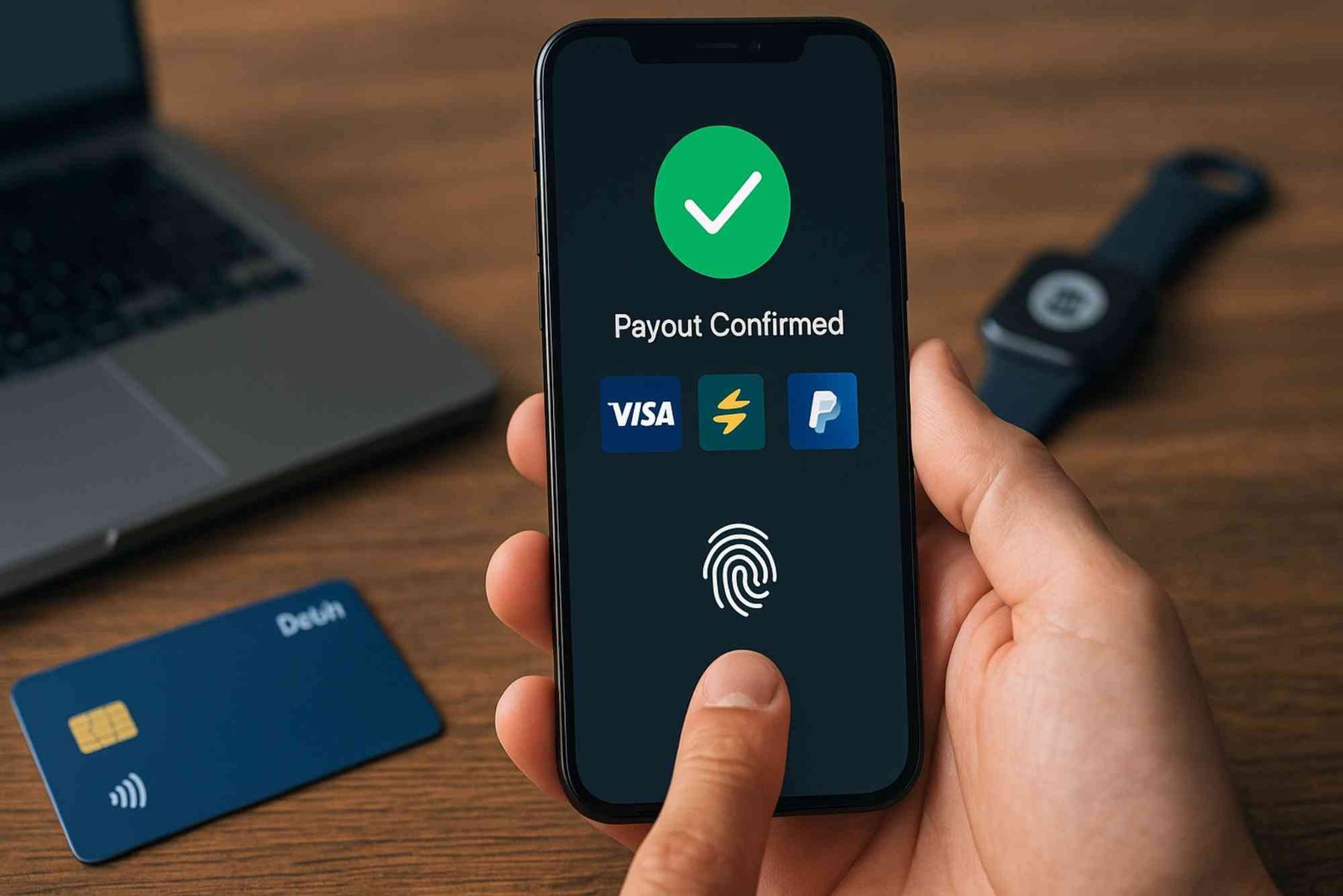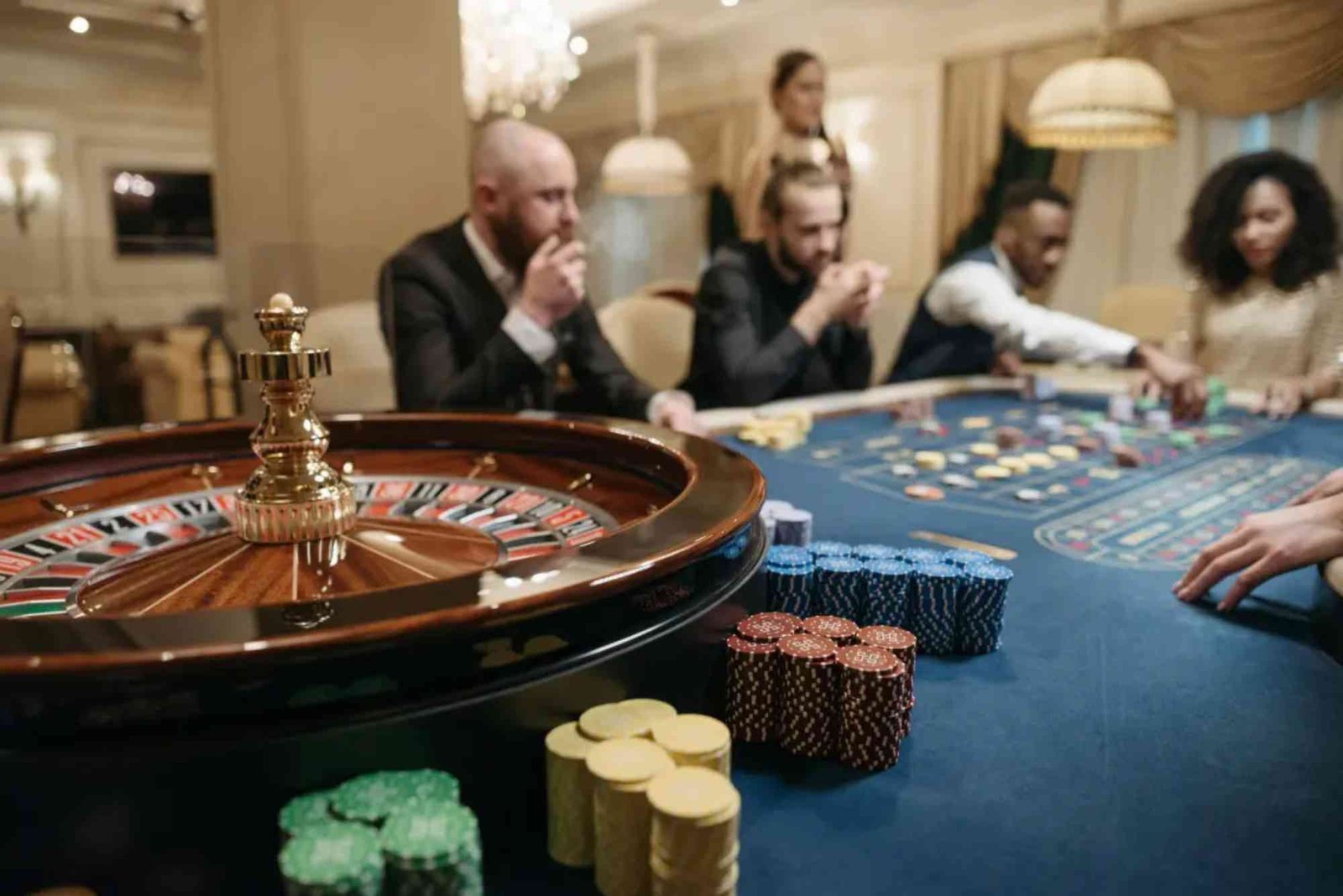RTP and volatility are like the engine and suspension of a slot: one tells you how much fuel you’ll burn over time, the other tells you how bumpy (or smooth) the ride will feel. I’ve logged more hours than I care to admit testing games, spreadsheeting results, and comparing hits across UK-licensed platforms and those wilder frontiers offshore. The biggest lesson? You can’t judge a game by RTP alone, and you can’t feel volatility from a single lucky (or brutal) session. You need to understand how the two interact.
RTP: The Long-Game Percentage Most Players Misread
Return-to-Player (RTP) is the theoretical percentage a slot pays back to players over an enormous sample—think millions of spins. A 96% RTP game doesn’t promise you’ll get £96 from every £100. It says that, averaged across countless sessions, the house keeps £4. Your short run can swing wildly above or below that number. RTP also isn’t static in a vacuum: some slots now offer multiple RTP settings to casinos, meaning the same title can quietly sit at 94% in one lobby and 96.5% in another. If a site hides RTP info, that’s a red flag.
What really matters is how RTP is distributed. Two 96% games can feel wildly different. One might drip steady mini-wins (low volatility), the other might starve you for 200 spins and then drop a monster bonus (high volatility). That’s where volatility steps in.
Volatility: The Mood Swing Meter (and Why It Matters More Than You Think)
Volatility measures how the wins are spread. Low-volatility slots pay small, frequent wins; high-volatility slots pay rarely but can explode. Mid-volatility tries to split the difference, but in practice every studio defines these bands a bit differently.
Here’s where your own psychology matters. If watching your balance nosedive for 15 minutes makes you tilt, high volatility will eat you alive. If you can stomach droughts for the thrill of a mega hit, you’ll be bored stiff on a low-volatility “drip feed” game. And when you venture beyond the UK scene into casinos not on GamStop, you’ll meet plenty of aggressive high-volatility titles with eye-watering maximum wins. The freedom is nice, but you need to double-check RTP disclosures, withdrawal limits, and fairness audits because the safety rails are looser.
How They Interlock: Same Percentage, Different Journeys
Think of a 96% RTP slot as a road trip with a fixed total distance. Volatility decides whether you cruise smoothly or hit potholes and detours. A low-volatility, 96% game might give you lots of £1–£3 wins and occasional £20 pops—great for stretching a tight bankroll. A high-volatility, 96% game might pay nothing for ages, then slam you with a £500 bonus. Over a million spins, both engines cover the same distance, but your personal trip can feel utterly different.
Studios juggle math models to balance the two. For example, a high-volatility slot may pour a bigger chunk of its RTP into bonus rounds and jackpots, starving the base game. A low-volatility one might allocate more RTP to base wins and mini-features, keeping you afloat but capping your spikes.
H3: Why “I Won £500 on My First Spin” Tells You Nothing
RNG (Random Number Generator) doesn’t care about your story. Anecdotes are fun but useless for judging mechanics. I once hit 300x on a “low-vol” slot five minutes in; it didn’t magically become high-vol. Another day, I bled slowly for an hour on a supposed “gentle” game—variance happens. To feel the true volatility, you need dozens of sessions or, better, published hit frequency, bonus frequency, and max exposure data—figures most studios don’t splash on the splash screen.
H3: Hybrid Mechanics Muddy the Waters
Modern slots blur lines: cascading wins with increasing multipliers, sticky wilds in bonus rounds, buy-features that bypass base game slog. A game might look low-vol in base but turn into a high-vol monster when multipliers stack in free spins. Always check how features reallocate the RTP. If 40% of the RTP lives in a bonus you trigger once in 200 spins, expect pain between fireworks.
Using RTP & Volatility to Build a Session Plan
Here’s how I pair them:
-
Small budget, long playtime goal: pick medium-to-low volatility with a decent RTP (95%+ ideally). You’ll get more entertainment per pound.
-
Hunting big wins with a healthy bankroll: high volatility + solid RTP, but set a hard stop-loss. Accept you might leave empty-handed.
-
Bonus clearing: choose games where volatility doesn’t sabotage wagering. High-volatility monsters can burn your balance before rollover.
Segment your bankroll. I keep a “grind” pot for low/medium games and a “shot-taking” pot for high-volatility dreams. That saves me from cannibalizing the fun money when the dream shot busts.
Reading Between the Lines: What Casinos Don’t Tell You
Some casinos offer the lower RTP version of a slot without shouting about it. Others bury volatility info behind vague “three lightning bolts” icons. On offshore sites, I manually search the game provider’s PDF or trusted review hubs to get real numbers. If I can’t find them, I assume worst case.
Also, withdrawal caps matter. If you’re on a site that limits weekly payouts to £2,000, a 10,000x hit loses sheen fast—you’ll be cashing out for months. That changes how “high volatility” value feels.
Real Examples from My Logs
I tracked two 96% RTP slots over 5,000 spins each. Slot A (low-mid vol) gave an average hit every 3.8 spins, biggest single hit 120x. Slot B (high vol) averaged a hit every 6.7 spins, with a top wallop of 612x. My net result after identical stake totals? Down 6.2% on A, down 5.5% on B. Over that sample size, they converged close to RTP, but the emotional journey was night and day. On A, I felt “nickel-and-dimed.” On B, I felt tense until the big pop, then euphoric, then cautious again. Same loss level, very different sweat.
Emotional Bankroll: The Third Metric No One Lists
Forget the math for a second—how much tilt can you handle? Your emotional bankroll determines if a game is “right” for you. I’ve learned to switch to lower volatility when I’m tired or stressed; high-volatility sessions when I’m fresh, focused, and okay with losing my “shot-taking” budget. Matching mood to math keeps gambling fun instead of draining.
RTP Isn’t Static Anymore—Check Settings
Many providers now ship multiple RTP variants (e.g., 94%, 96%, 97%). Operators pick. UKGC requires disclosure, but presentation varies. Offshore, transparency can be patchy. I’ve seen the same slot listed at 95% on one site and 92% on another. Two percent doesn’t sound like much until you stretch it over hundreds of sessions—it compounds.
Bonus Buys and Their Hidden Volatility
Bonus buy features shortcut variance by guaranteeing the feature, but they inflate stakes (often 50x–100x your bet). They’re inherently high-volatility because you’re forgoing the drip wins of the base game. RTP on bonus buys might be the same or slightly different; always check. I use them sparingly and only from a separate “fun shot” fund.
Practical Takeaways Before You Spin
-
Treat RTP as a long-term compass, not a single-session promise.
-
Let volatility guide session choice: smooth ride vs. rollercoaster.
-
Verify RTP version and volatility info; don’t rely on casino marketing blurbs.
-
Split bankrolls by intent (entertainment vs. high-risk thrills).
-
On offshore sites, double-check caps, audits, and payment terms—math means little if you can’t collect.
Final Verdict: Partners, Not Opposites
RTP tells you how much comes back over time; volatility tells you how it comes back. One without the other is an incomplete picture. When you understand both—and match them to your temperament and bankroll—you stop guessing which game “feels lucky” and start choosing what actually serves your fun (or profit-chasing) goals.



